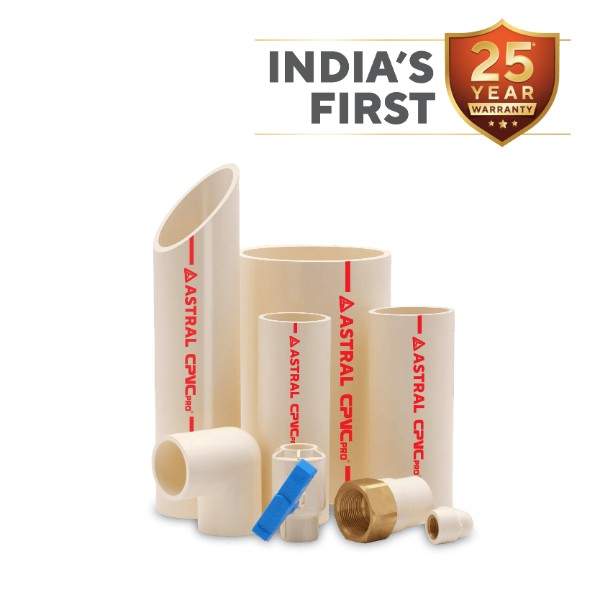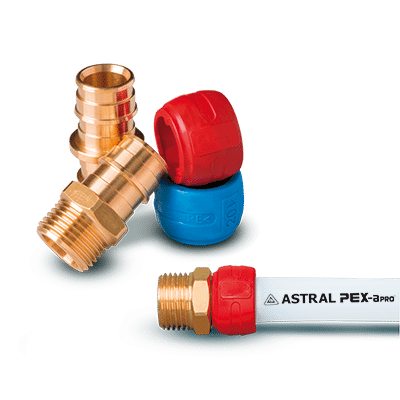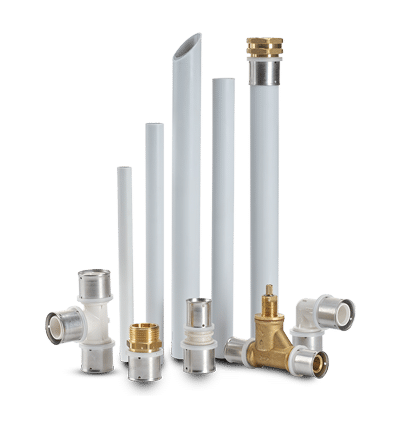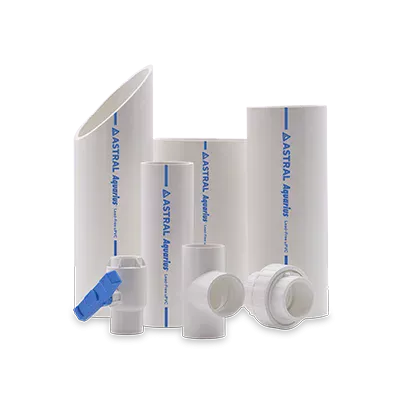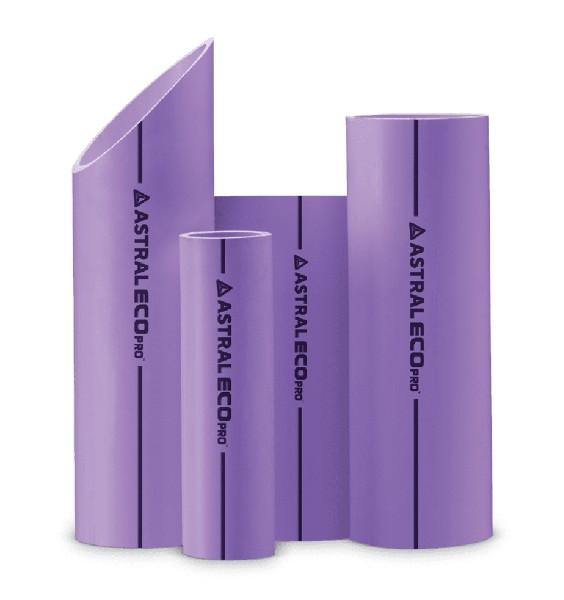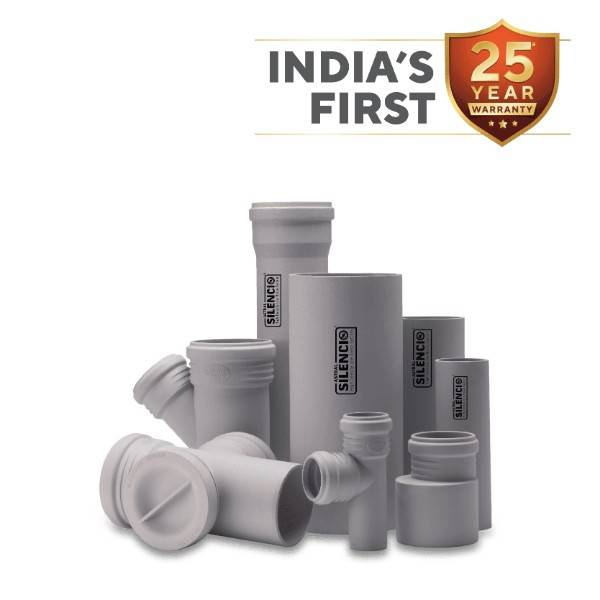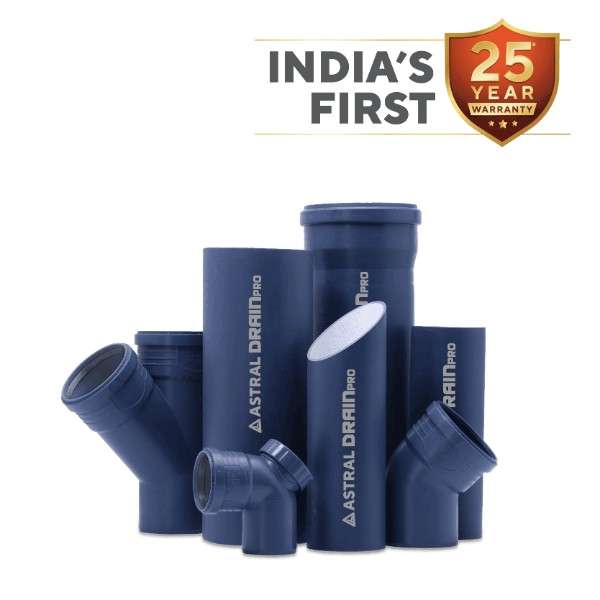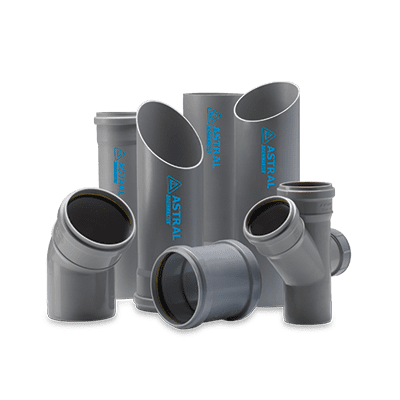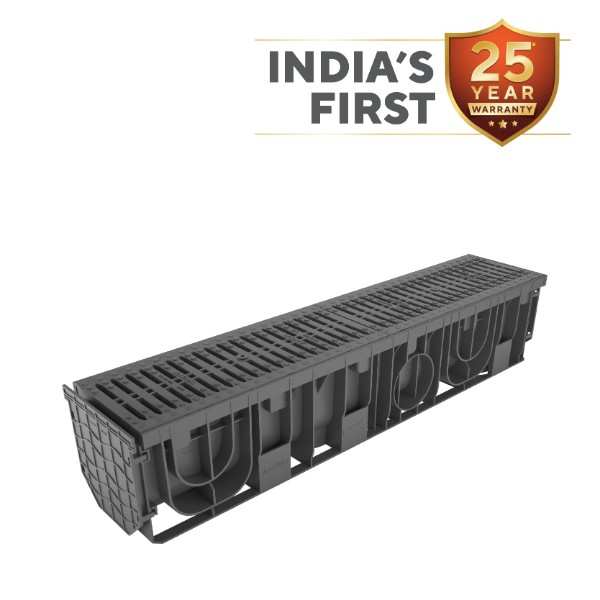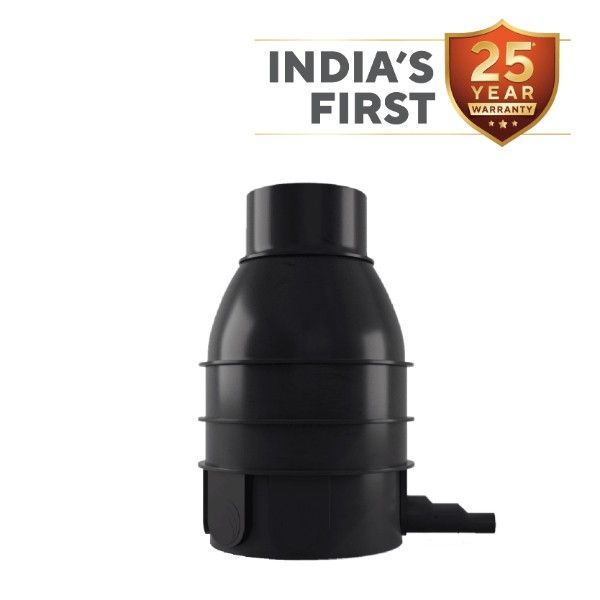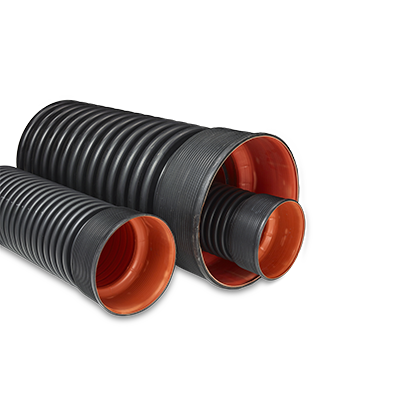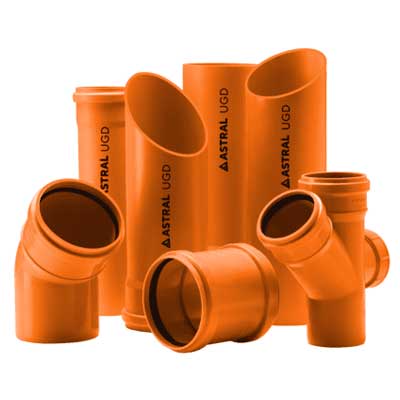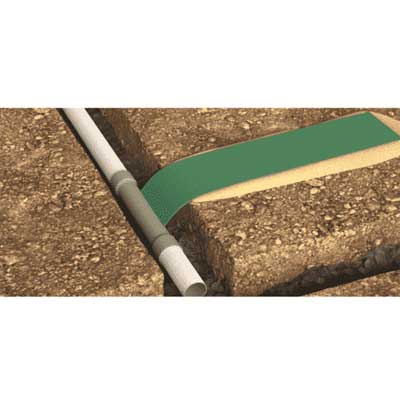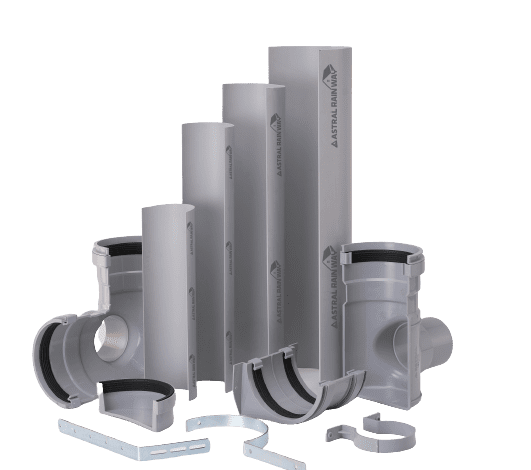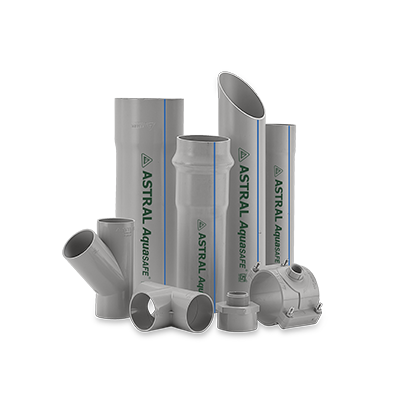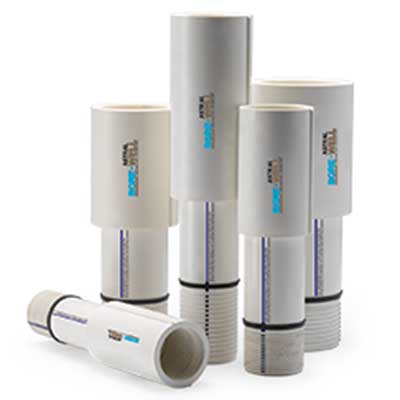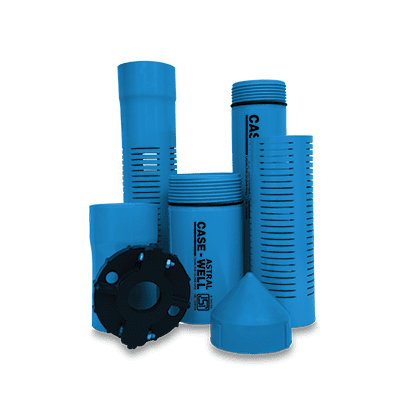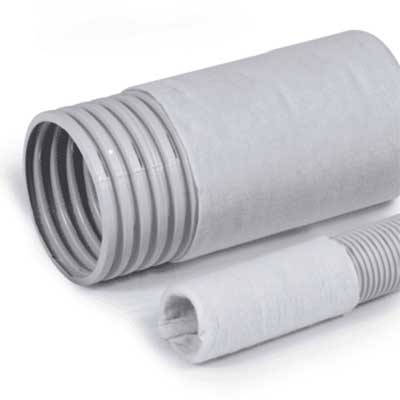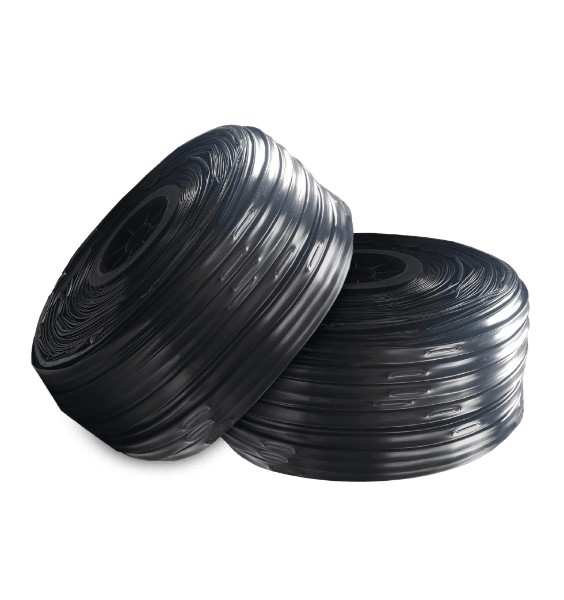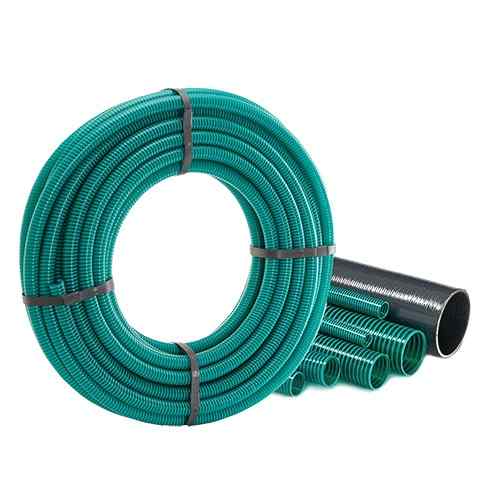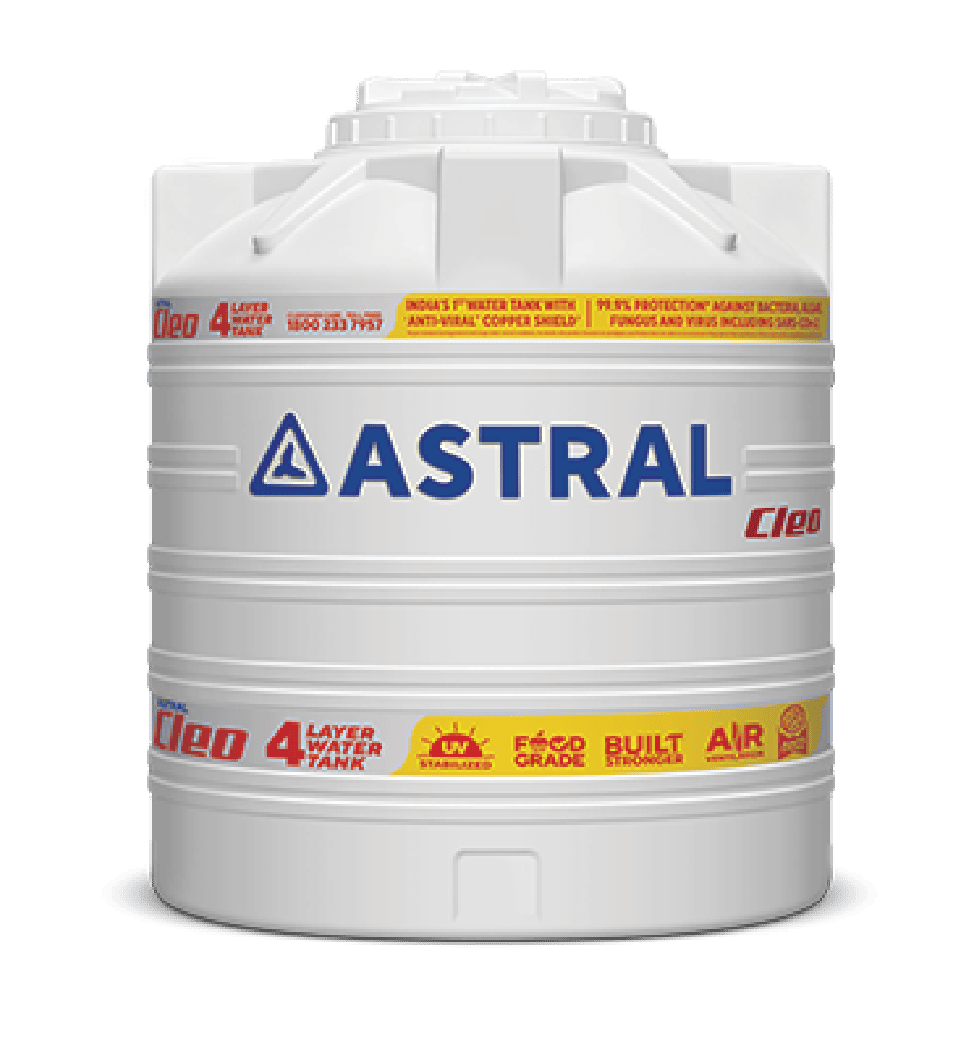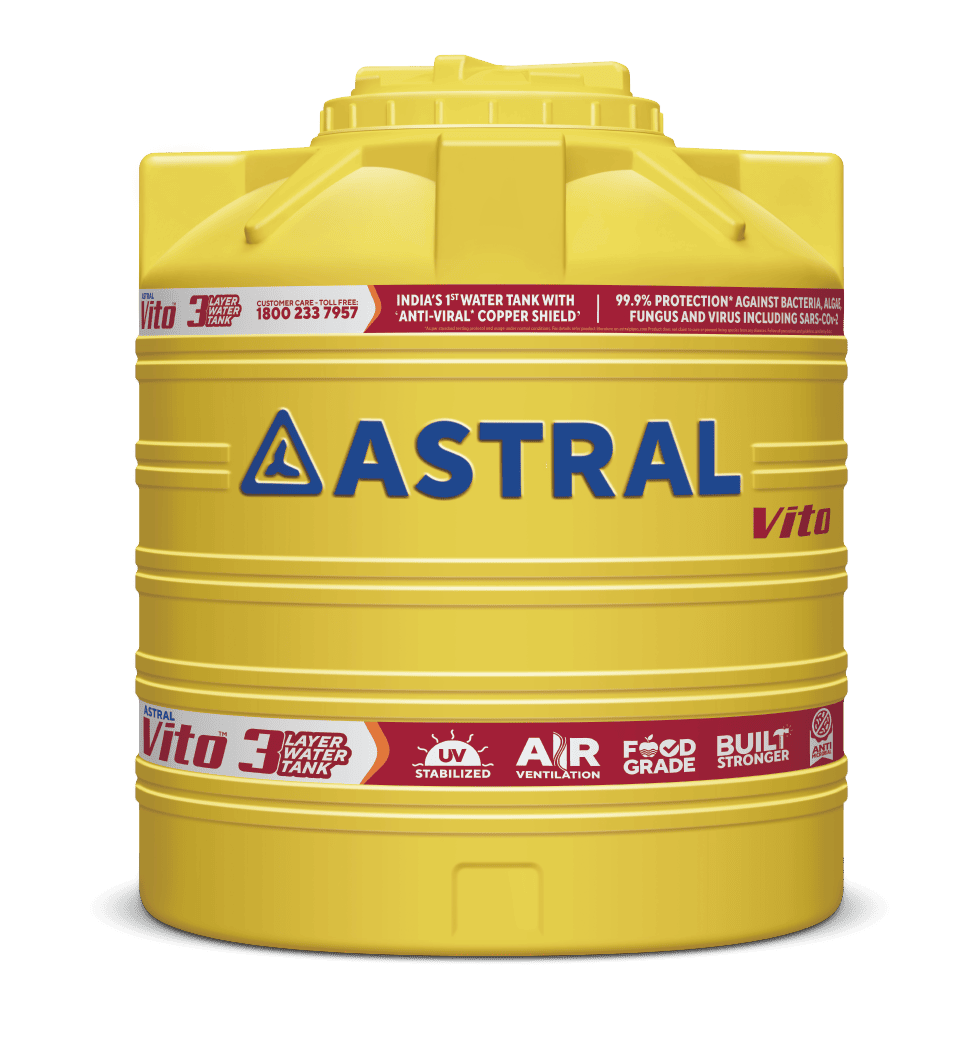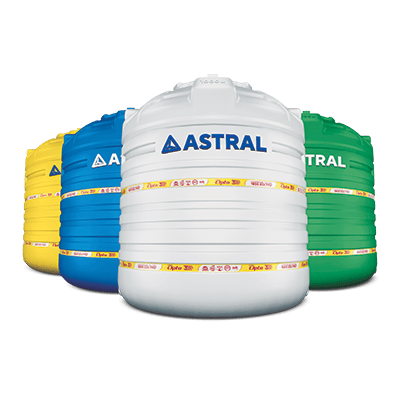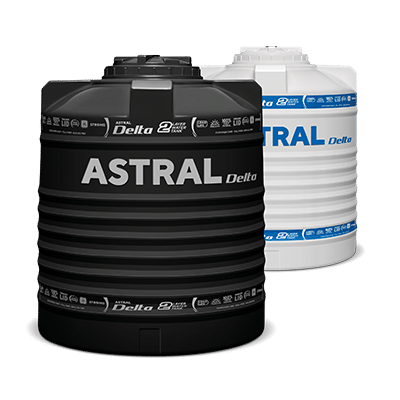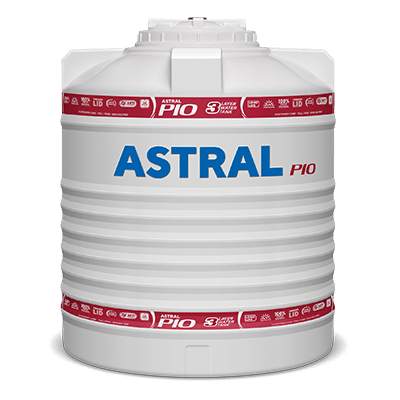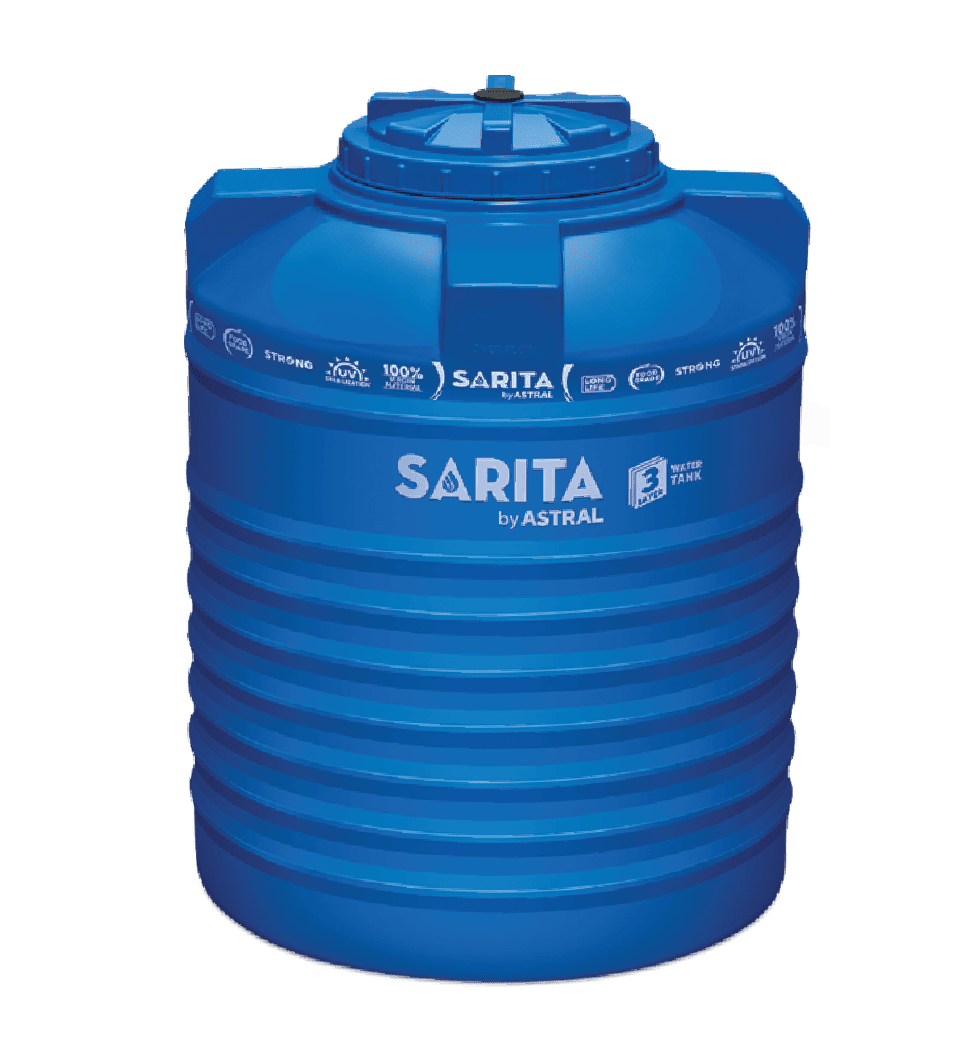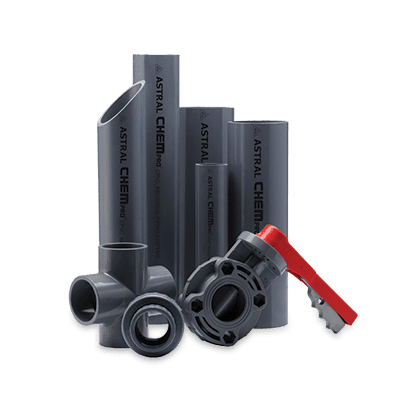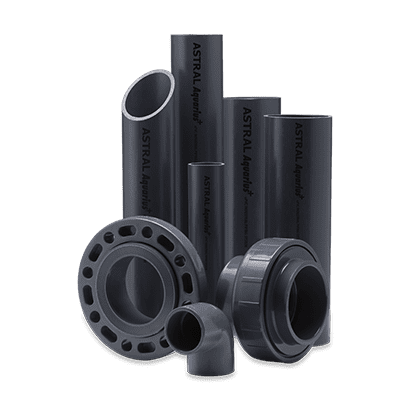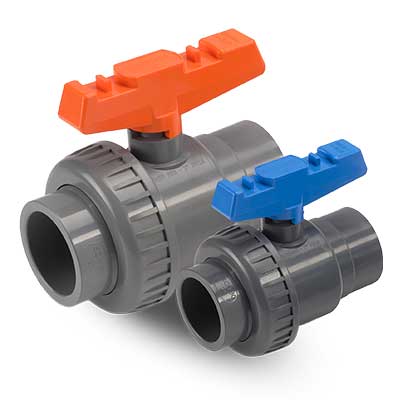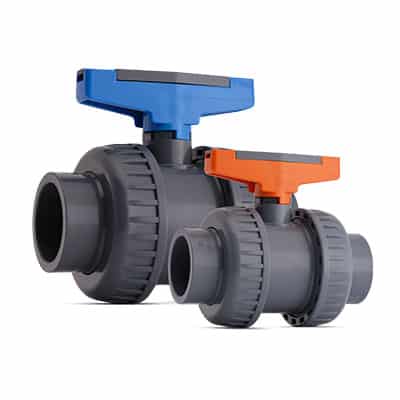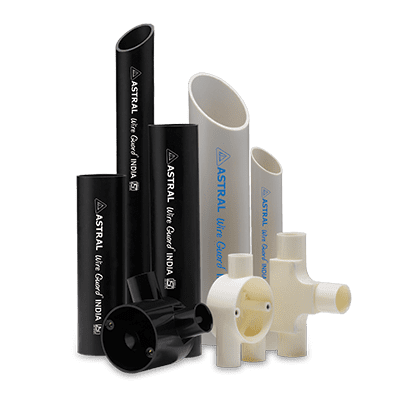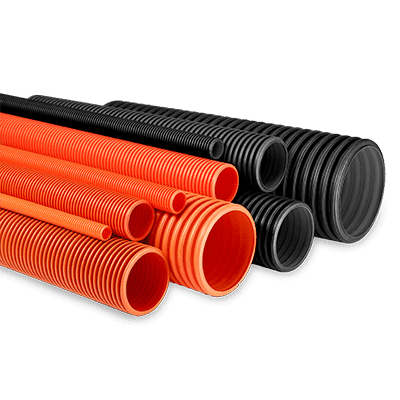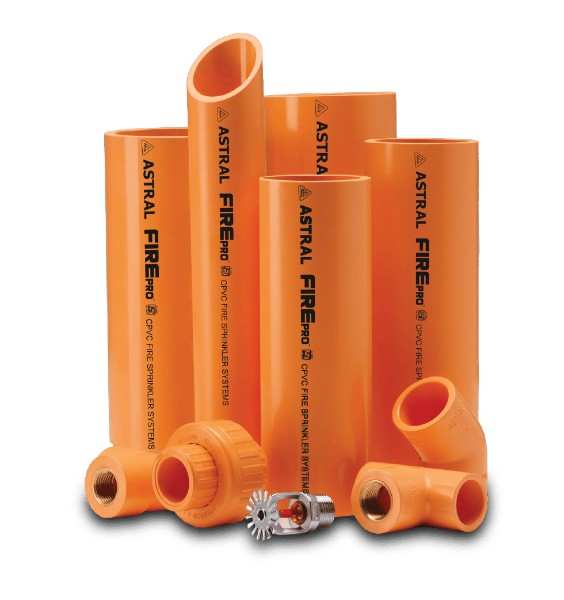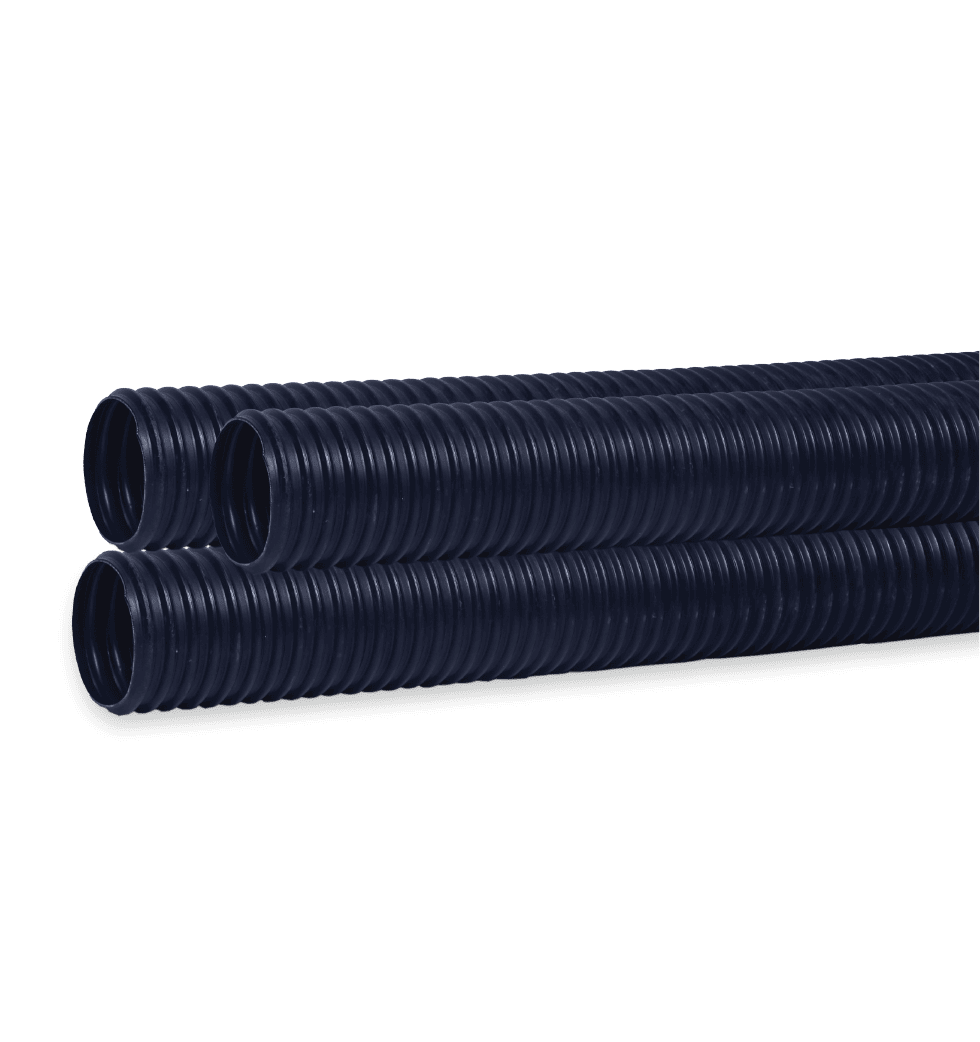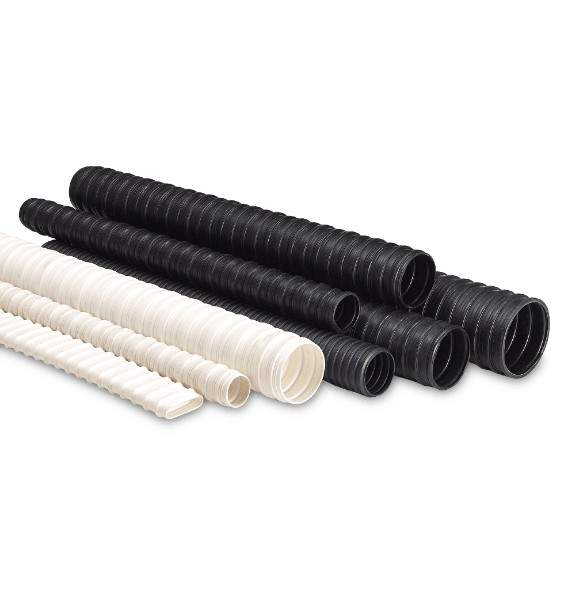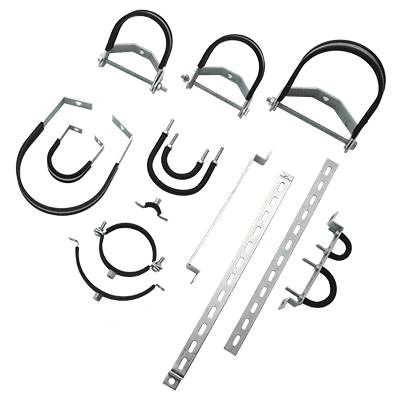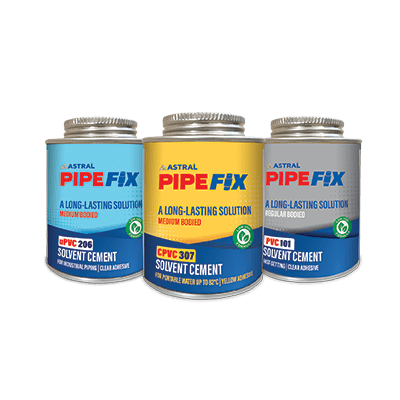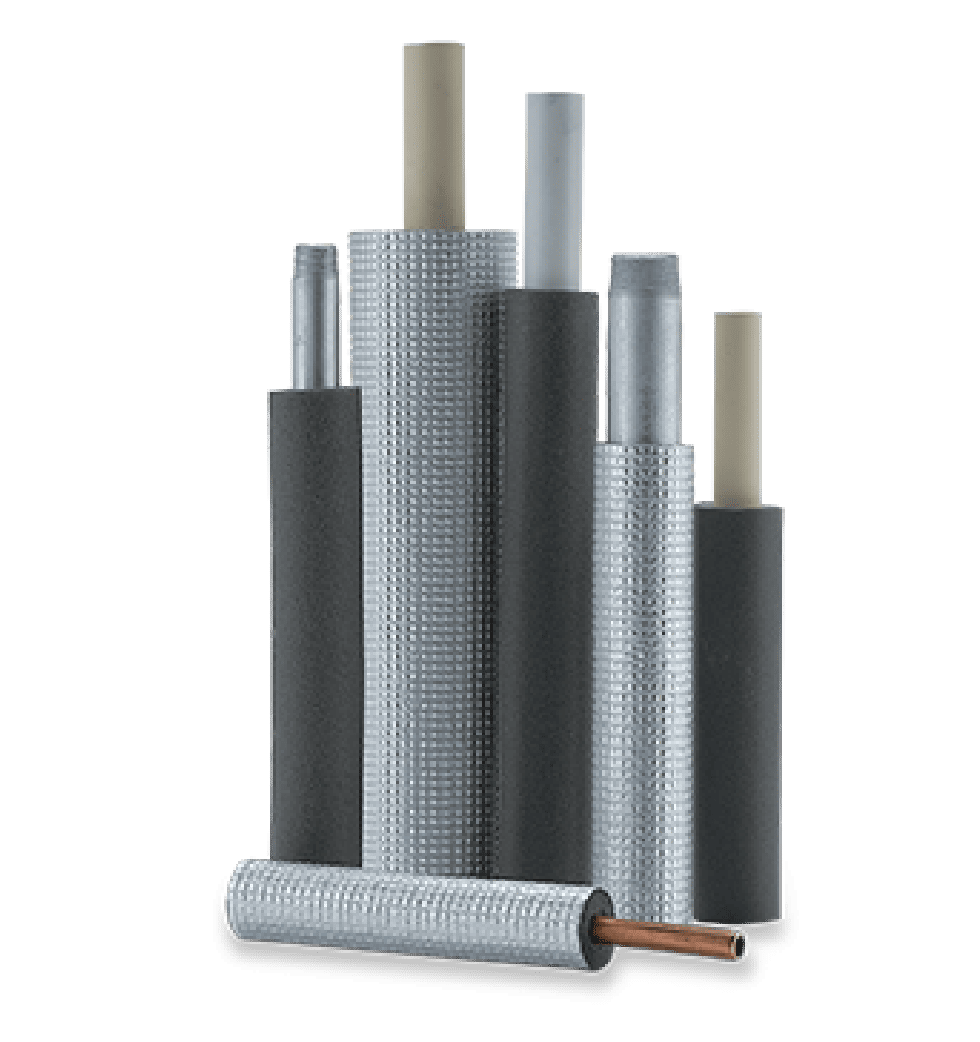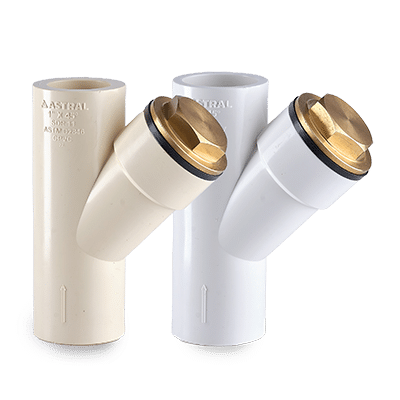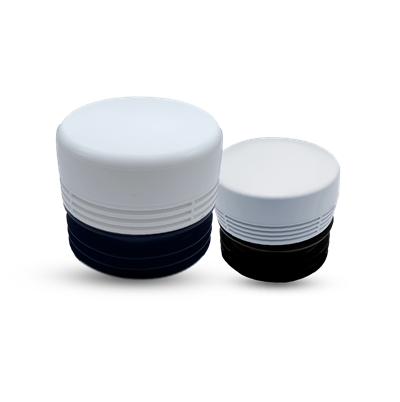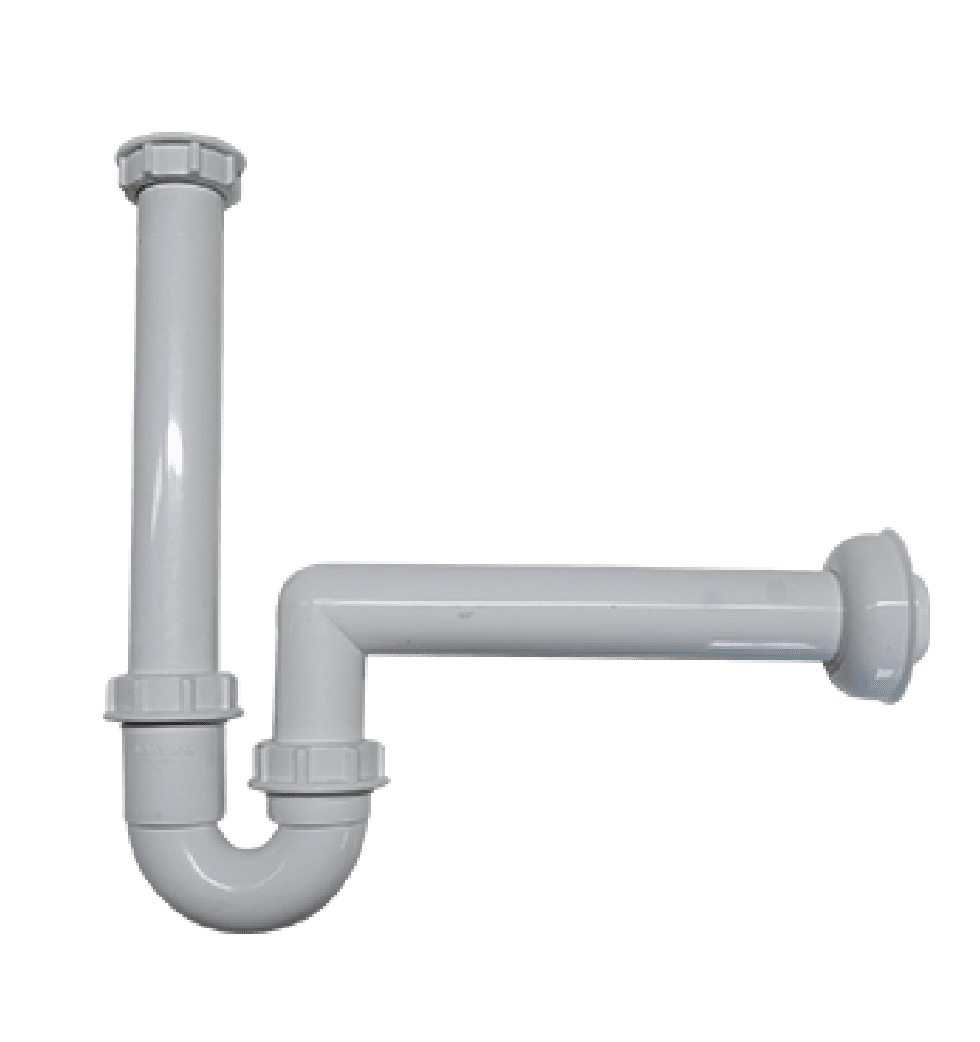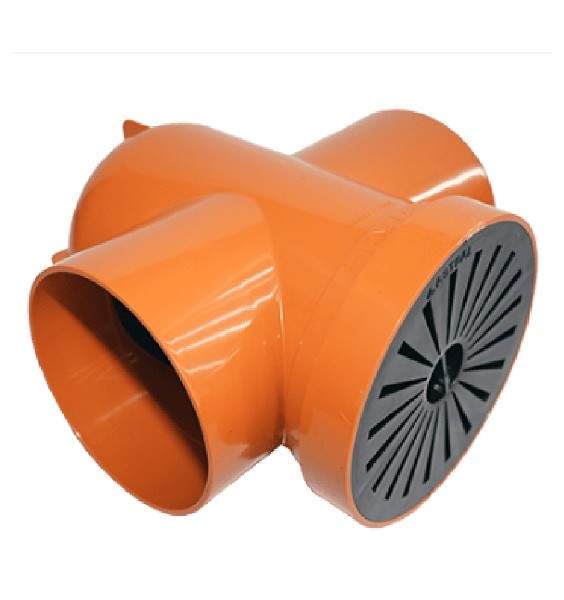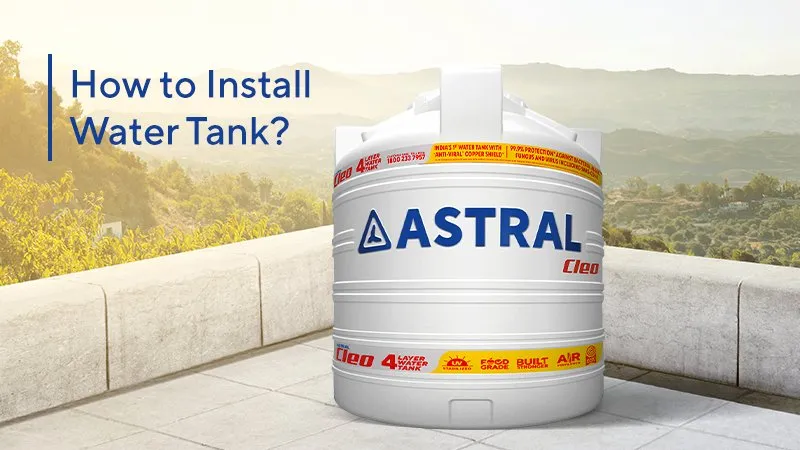
16 Apr 2025
How to Install Water Tank?
A water tank is important for rainwater harvesting, emergency water storage or daily consumption, ensuring safe water storage and an efficient water supply. However, water tank installation requires proper planning, the right tools and a solid understanding of the process. From choosing the right type of tank to positioning and plumbing, every step is important for efficiency and durability.
In this blog we will walk you through the types of water storage tanks and the complete process of installing water tank at home to ensure a reliable water supply for your needs.
Types of Water Storage Tanks
Water storage tanks come in various materials and designs, each suited for different applications.
1. Plastic (Polyethylene) Tanks: Plastic tanks are a popular choice because they are lightweight, resistant to corrosion and do not rust. These qualities make them ideal for above-ground and underground use. This type of water tank is available in various sizes and shapes, which makes it the best water tank for home and commercial use.
2. Concrete Tanks: Concrete tanks are highly durable and suitable for both above-ground and underground applications. However, over time, cracks may develop, requiring periodic maintenance and sealing to prevent leaks.
3. Fiberglass Tanks: Fiberglass tanks are known for their durability and resistance to environmental damage. These water storage tanks are lightweight compared to concrete tanks.
4. Steel Tanks (Galvanized and Stainless Steel): Steel tanks, including galvanized and stainless steel options, are known for their strength and longevity. These tanks are ideal for large-scale water tank installation and can withstand harsh environmental conditions.
Why Are Plastic Tanks a Preferred Choice?
From all the different types of water storage tanks, plastic water storage tanks are often the preferred choice due to their numerous benefits over other materials like metal or concrete. Here’s why:
– Corrosion-resistant: Plastic tanks do not rust or degrade, ensuring long-term durability
– Lightweight: Easier to transport and install, reducing costs
– Durable: It withstands extreme weather, UV rays, and temperature changes
– Versatile: Available in various sizes to fit different spaces
– Affordable: Generally more cost-effective than metal or concrete options
– Low Maintenance: Requires less upkeep over time
– Hygienic: Non-reactive material keeps water clean and safe
These qualities make plastic tanks a practical choice for home water storage. Choosing the right tank depends on water storage needs, budget and installation space. Selecting the best water tank for home use ensures long-term efficiency and reliability.
How to Install Water Tank at Home?
Proper installation ensures the efficiency and longevity of your water tank installation. Follow these steps for a smooth installation process:
Step 1. Choose the Right Location
Choosing the correct location is essential for the longevity and efficiency of installing water tank at home. A flat, stable area with easy access is ideal for installation. It is important to ensure that the site is close to plumbing connections or rainwater collection systems for seamless water flow.
Step 2. Prepare the Base
For water tank installation, a well-prepared base provides stability and prevents the tank from shifting or settling unevenly. Common base options include compacted gravel, concrete slabs or a sturdy tank stand. The chosen base should be level and slightly larger than the tank’s diameter to provide sufficient support.
Step 3. Position the Tank
Once the base is ready, carefully position the tank on top of it. For smaller tanks, this can be done manually, but for larger tanks, a crane or multiple people may be required to lift and place it correctly. The tank must be centred and stable on the base to prevent tilting or uneven pressure distribution.
Step 4. Connect the Inlet and Outlet Pipes
After the water tank is in position, the next step in installing water tank at home is connecting the inlet and outlet pipes. The inlet pipe should be connected to the water source, whether from a rainwater collection system, borewell or main supply. If rainwater is being collected, installing a filtration system at the inlet helps remove debris and contaminants to ensure clean water storage.
Step 5. Install an Overflow System
After water tank installation, to prevent water from spilling around the water tank’s foundation during heavy rainfall or when the tank reaches full capacity, an overflow system must be installed. The overflow pipe should direct excess water to a designated drainage system or a secondary storage tank.
Step 6. Set Up a Pump (if needed)
If gravity-fed pressure is insufficient, installing a water pump ensures adequate water flow to taps, appliances or irrigation systems. Selecting a pump that matches the water demand is important to maintaining efficiency.
Step 7. Test the System
After water tank installation, testing the system is essential. Fill the tank partially and inspect for leaks or weak connections in the piping. Ensure that water flows smoothly through all outlets and that the pump, if installed, operates efficiently.
Knowing how to install water tanks properly is important for ensuring a steady water supply. By following these steps, you can successfully set up a reliable water storage tank at home.
Explore a Range of Water Storage Tanks at Astral Pipes
Choosing a high-quality water storage tank is essential for ensuring a safe and reliable water supply for your home or commercial use. Explore our range of water tanks at Astral Pipes to choose the best water tank for home and commercial use. We offer durable, food-grade and UV-stabilised water tanks that prevent contamination and ensure long-lasting performance. These tanks are designed to ensure easy water tank installation for professionals. With sizes ranging from 500 to 5000 litres, you can choose the ideal capacity to suit your water consumption requirements. Astral water tanks are a trusted solution for safe and efficient water storage.
FAQs
1. Is it safe to drink water from a plastic tank?
Yes, it is safe to drink water from a plastic tank if the tank is made from food-grade, BPA-free, and UV-stabilised plastic. High-quality plastic water tanks prevent harmful chemical leaching and bacterial growth. Regular cleaning and proper maintenance also ensure water remains safe for consumption. When choosing a tank, opt for ISI-certified or FDA-approved models to guarantee safety and hygiene for drinking water storage.
2. Is a 1000-litre water tank enough for a house?
A 1000-litre water tank is suitable for a household with 5-6 people. If your family falls within this range, it should be sufficient for daily water consumption. However, for larger households or higher water usage needs, a bigger tank may be more appropriate.
3. What size water tank is suitable for a house?
The ideal water tank size for a house depends on the number of occupants and their water consumption needs. For a small family of 3 to 4 people, a 500 to 600-liter tank is sufficient. A larger family of 5 to 6 people would require a 700 to 1000-liter tank to meet daily water needs. If the tank is intended for a commercial complex or a household with higher water consumption, a capacity of 1000 to 2000 litres would be more suitable.
-

16 Apr 2025
How to Install Water Tank? -

09 Apr 2025
Plastic Pipes vs Copper Pipes: Which One is Better for Plumbing? -

04 Apr 2025
Astral Pipes: Innovation, Quality, and a 25-Year Warranty You Can Trust -
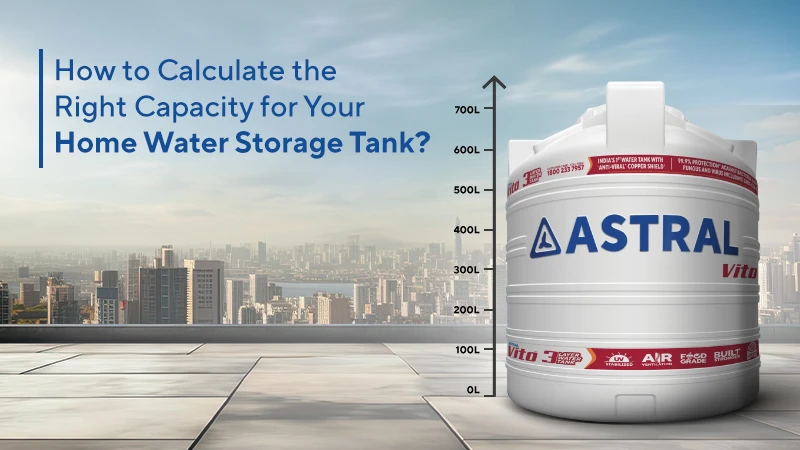
31 Mar 2025
How to Calculate the Right Capacity of Your Home Water Storage Tank? -

25 Mar 2025
Why CPVC Pipes are the Best Choice for Hot Water?


